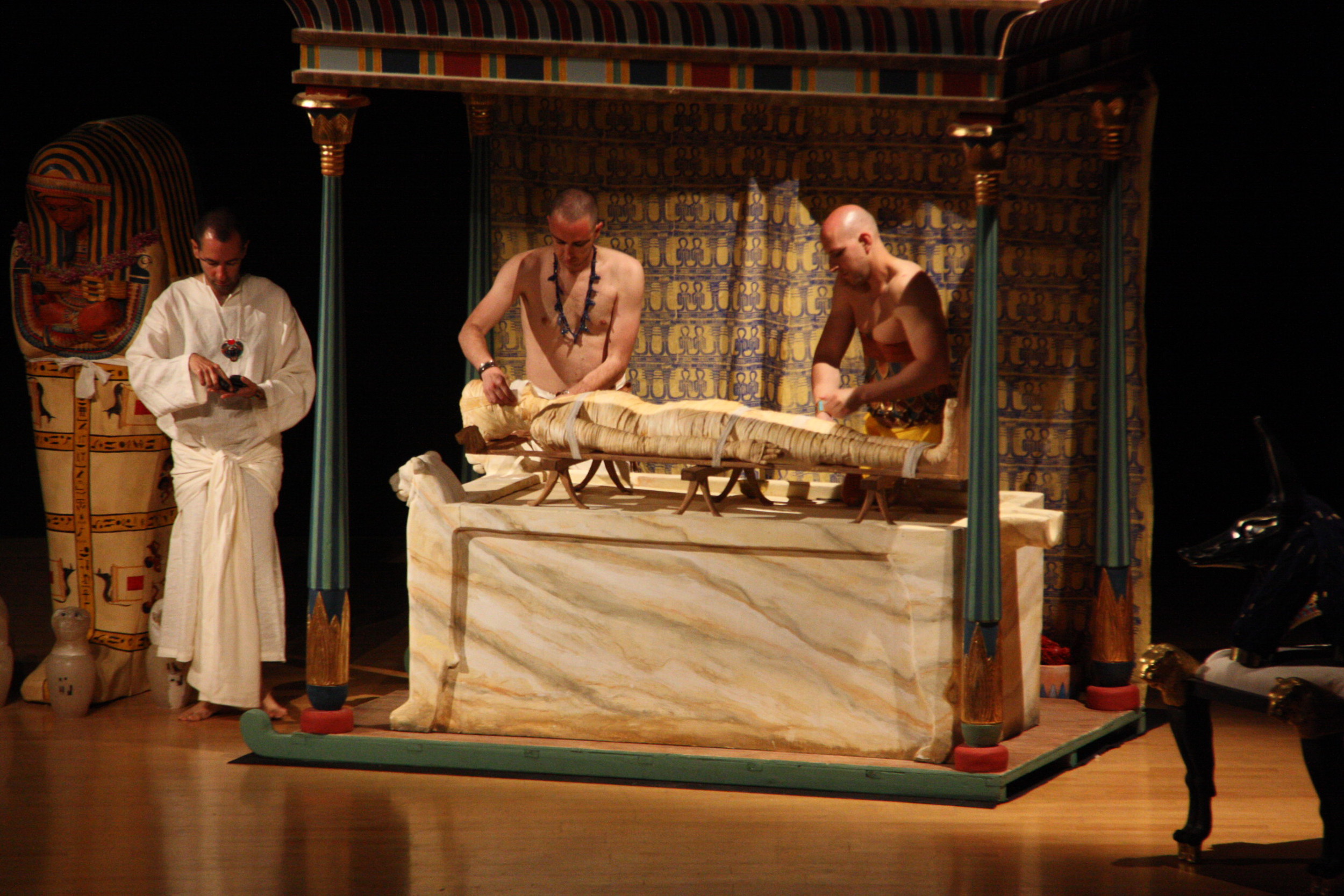18th edition of ‘Tarraco Viva’ includes ancient Egyptian culture for the first time
After 18 years of focusing exclusively on the Roman world, the ‘Tarraco Viva’ historical festival has included, for the first time, ancient Egyptian culture in its homage to the past. ‘Tarraco Viva’ is held every year in the Catalan city of Tarragona, and it’s estimated that this 2016 edition has already attracted more visitors than previous years. Happy that this “experiment” ultimately worked, director of the festival Seritjol Magi stated on Sunday that it was the combination of the two worlds that drew in aficionados from both fields. Now that the festival is over, organisers are already planning the coming years’ editions, and plan to include various different cultures in the event. ‘Tarraco Viva’ 2017 is to open its doors to ancient Greek culture and thereby focus largely on the beloved activity of the civilisation’s people: sports; also coinciding with the 2017 Mediterranean Games to be held in the same city.

Barcelona (CNA).- The incorporation of the ancient Egyptian world in the historical event ‘Tarraco Viva’ was “an experiment” that ultimately worked. ‘Tarraco Viva’, the festival of historical recreation held in the Southern Catalan city of Tarragona had previously devoted itself exclusively to the Roman world. In its 18th edition and with the inclusion of ancient Egyptian culture, the event has in fact amassed more visitors. Now that the festival has ended, organisers are already preparing for next year's edition, and have already incorporated ancient Greece into the festival, paying special attention to one of the pillars of this culture: sport. This 19th Edition of the festival is to be held in 2017, a year that coincides with the 2017 Mediterranean Games, also to be held in Tarragona.
A historical re-enactment of the ancient Egyptian portraits made by Al Fayum in the Roman style closed the festival, which was held at the Palace of Congresses and Exhibitions of Tarragona. The event represents “an encounter between two cultures and two religions: Roman and Egyptian”, ‘Tarraco Viva’s director Magí Seritjol explained. “Egypt had so much power that even the Romans who felt like Romans were buried in the Egyptian way”, he added.
Although still lacking the final participation data, Seritjol pointed out that the number of visitors this year will exceed those of previous years, as the combination of the two worlds drew in fans of Roman times and also attracted lovers of the ancient Egyptian world.The first participation data indicate that during the first weekend more tickets were sold than over the same weekend last year. This suggests that the final figures will improve compared with previous years. As for quantity of tickets, it’s estimated that during the course of the weekend, somewhere between 8,000 and 10,000 were sold, “a lot more compared to the previous year”, explained the director of the festival.
In all, the inclusion of ancient Egyptian culture as a novelty in a festival focused on the Roman world has left the organisers with the intention of keeping Ancient Egypt in some of the activities of the coming editions, as well as adding other cultures that will vary in each new release: “the Etruscan culture, pre-Roman Italic cultures, the Celtic world, Thrace...”. For next year, in addition to Ancient Egypt, Ancient Greece will join in the cultures that ‘Tarraco Viva’ pays homage to.
The cultural origins of sport
The director of ‘Tarraco Viva’ announced that they already have a meeting scheduled to discuss the next edition, in which there will be “a lot of culture and art” and, in particular, a lot of sports, one of the essential components of ancient Greek culture. In fact, this year will coincide with the 2017 Mediterranean Games to be held in Tarragona. “Our festival is not a sporting event, but we talk about the cultural origins of the sport and its influence: why people started running, something which comes from the Greek culture”, Seritjol recalled.
Rome wasn’t “just tunics and togas”
As regards the fusion of cultures, Seritjol believes that it was essential to show the reality of the Roman era. “Rome at the time of Augustus was New York: there were many different cultures, people who spoke many languages, Celtic neighbourhoods, Armenian neighbourhoods...” explained the director, who said that if you show a picture of Rome of “just tunics and togas”, it wouldn’t be showing the reality of the time.
The festival director observed that Ancient Rome “is a bottomless pit” of information and knowledge, although he admitted that after 18 years of focusing the festival’s activities on Rome, a change was needed. “We decided to open up to the Mediterranean, and we saw a splendid Mediterranean, more plural than we thought”, he concluded.